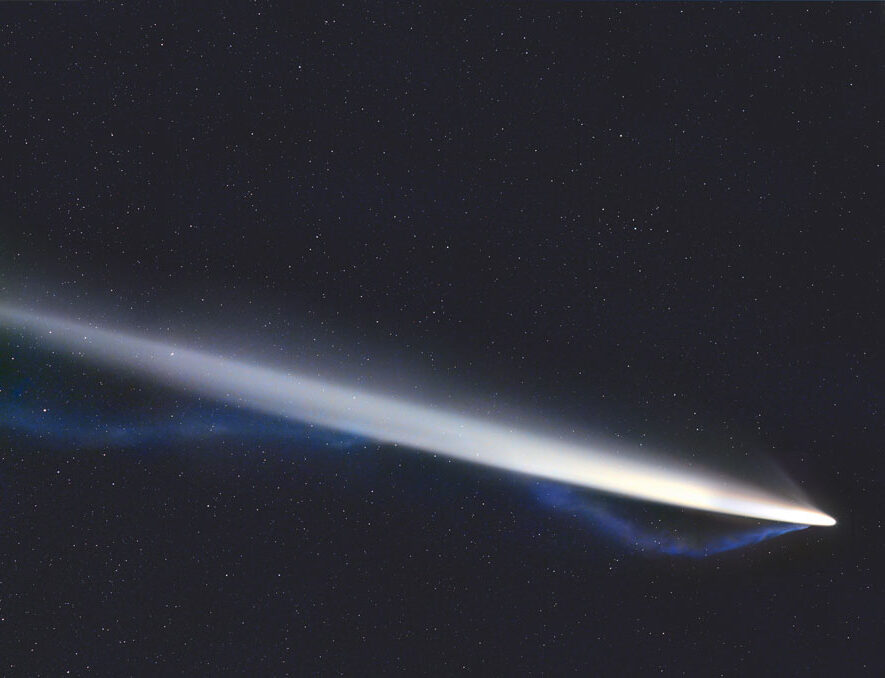
- Aerospace
Categories:
It is innate to humans to seek to understand where we come from and to explore new challenges and new worlds. Astrophysics helps us to know and understand the vast universe in which we live. To do this, the largest ground-based telescopes are built, and the most complex scientific space missions are carried out. This allows us, among other things, to study the origin and evolution of the universe, find planets similar to Earth around other stars that could support life, but also to understand the origin of our existence and study how the solar system and life on Earth came about.
To this end, the European Space Agency (ESA) and the Japan Aerospace Exploration Agency (JAXA) are conducting the first Fast (F-class) mission of their scientific programme, called Comet Interceptor. The study and monitoring of asteroids and comets approaching the inner solar system is highly relevant, not only because of the potential danger of an impact with Earth, but also because their composition dates back to the origins of the solar system. This provides us with information about how physical and chemical processes in the solar nebula eventually gave rise to the solar system, and how it has evolved into the architecture and composition we see today.
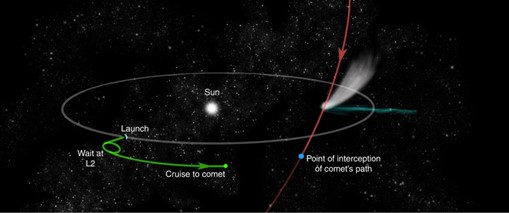
Comet Interceptor aims to study a pristine comet (with its physical and chemical properties unaltered) that enters the solar system for the first time before orbiting the Sun, potentially coming from the Oort Cloud or even originating from another star, as happened in 2017 with the surprising visit of the first interstellar comet, ‘Oumuamua’, or in 2019 with 2I/Borisov. The scientific objective of the mission is to study the composition, shape, and morphology of the comet’s surface to determine its gas and dust composition, its connection to the nucleus, and its interaction with the solar wind.
After the success of the ESA in missions to short-period comets, such as Giotto and Rosetta (in which Sener also participated), the Comet Interceptor mission was proposed in 2017 and adopted for implementation in June 2019. It is scheduled to be launched into space in 2029, alongside the ARIEL mission to study exoplanets.
A scientific mission is implemented on the one hand by having the aerospace industry build the mission’s satellite (platform), and on the other hand with the scientific community developing the instruments. The mission will have a main satellite that will study the comet by doing a flyby at a distance of 1,000 km and speeds ranging from 10 to 70 km/s. However, for the first time, it will also feature two deployable probes, B1 (led by JAXA) and B2, for which Sener is responsible for the platform under contract with OHB Italy. These probes will follow the comet’s tail at distances of 850 km and 400 km, respectively. The platform of the B2 probe has an approximate diameter of 0.6 m, a height of 0.8 m, and weighs around 45 kg. Sener has already completed the final design and, having passed the vibration test, will proceed with the construction and validation of the flight model. The complexity of the probe lies in housing cameras, sensors, and electronics in limited space/weight while navigating at a controlled speed of 70 km/s, all while being protected from the comet tail’s dust.
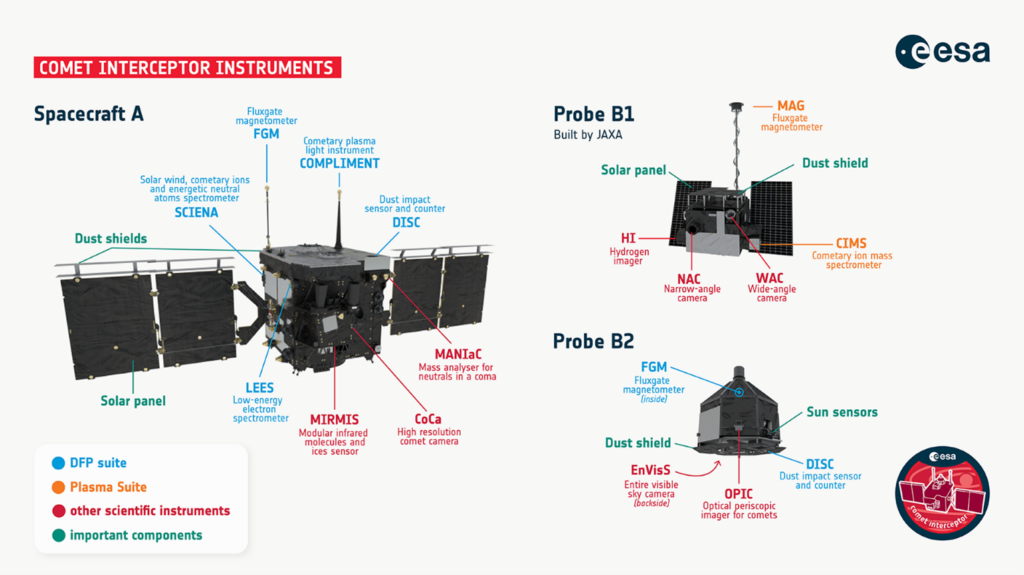
One of the most notable features of the mission is that the satellite will be stationed at the L2 point, 1.5 million km from Earth. Ground-based telescopes, which are becoming increasingly powerful, along with others designed to map the sky and identify “non-sidereal” objects, will help identify the most suitable comet (in terms of orbital speed, proximity to Earth and the Sun) about a year before it is intercepted by Comet Interceptor.
In addition to the B2 platform, Sener is responsible for critical mission elements such as the communication antenna, which enables the operation of the satellite and the reception of scientific data, as well as the separation mechanism for the probe.
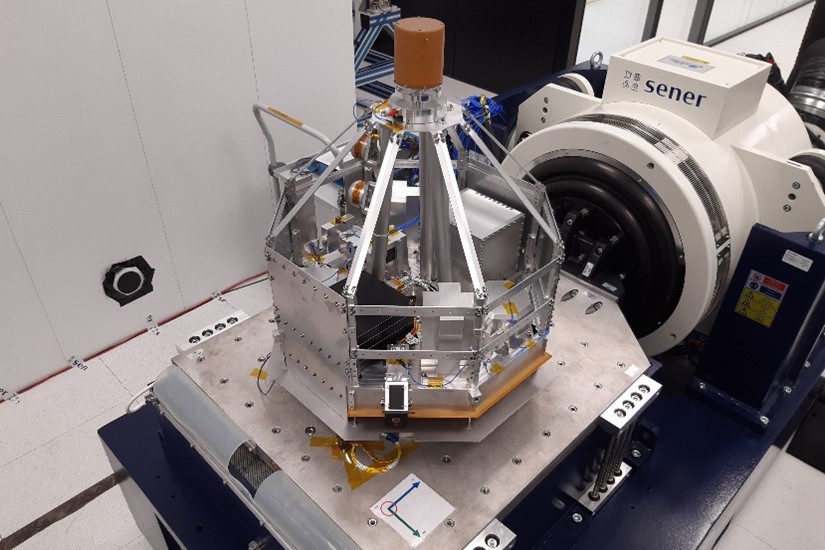
The complexity of defining the mission and its satellites is primarily focused on acquiring scientific data. The mission features up to 10 instruments and 12 sensors, with significant involvement from the Institute of Astrophysics of Andalusia and its team, led by researcher Luisa M. Lara for the CoCa and MANiaC instruments on the main satellite, and EnVisS and OPIC on the B2 probe. Sener is involved in the development of the electronics for these instruments, funded by the Spanish State Research Agency and the Spanish Space Agency through ESA’s Prodex programme.
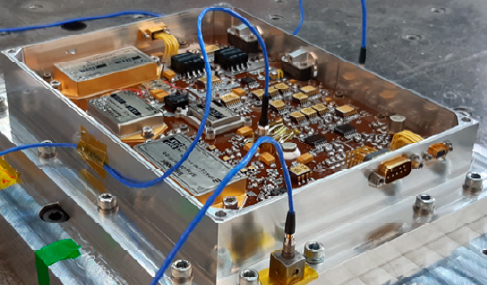
Missions to explore comets, such as Rosetta, are complex and spectacular, and we hope that Comet Interceptor will contribute scientifically to the study of the formation of the solar system, and to protecting the Earth from the impact of these objects.
Header image (C) Michael Jäger, Gerald Rhemann, Dennis Möller
Joan Manel Casalta
Responsable de programas científicos
Joan Manel Casalta is a telecommunications engineer with an MBA from the Polytechnic University of Catalonia. He has worked at Sener for 25 years, initially as a space and science project manager, and for the last 10 years in the commercial department, responsible for business development for large scientific facility projects, such as Large Ground-Based Telescopes (ELTs). He currently coordinates opportunities for new missions in ESA's science program, such as EnVision and LISA, among others.









